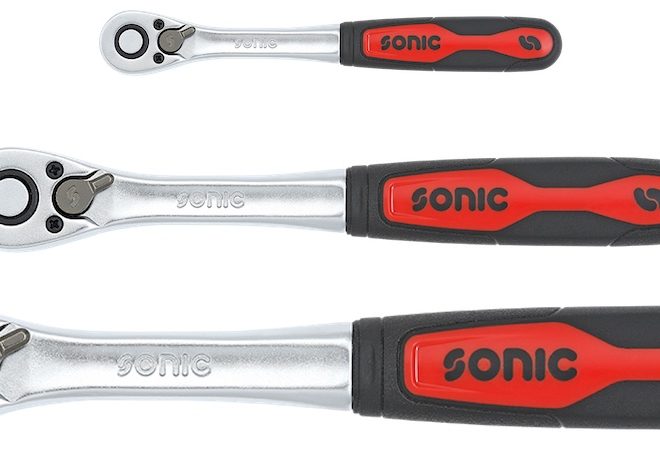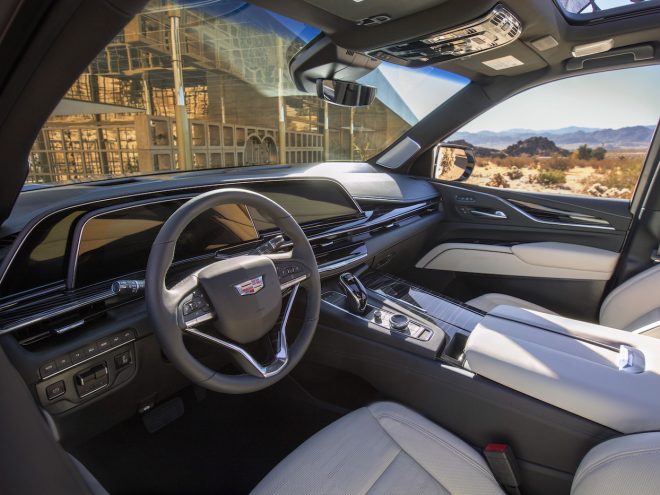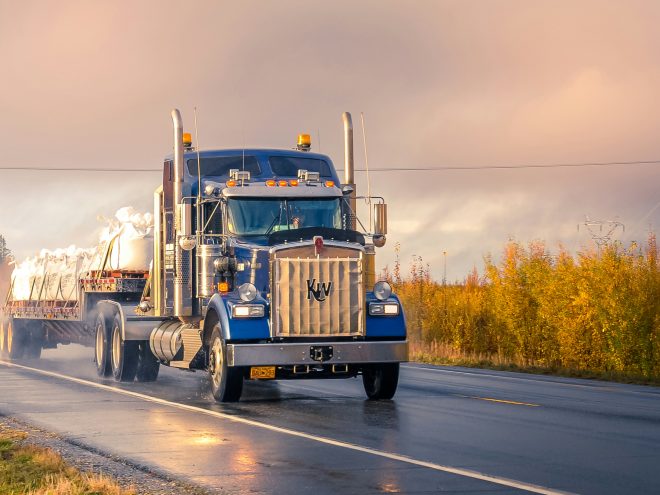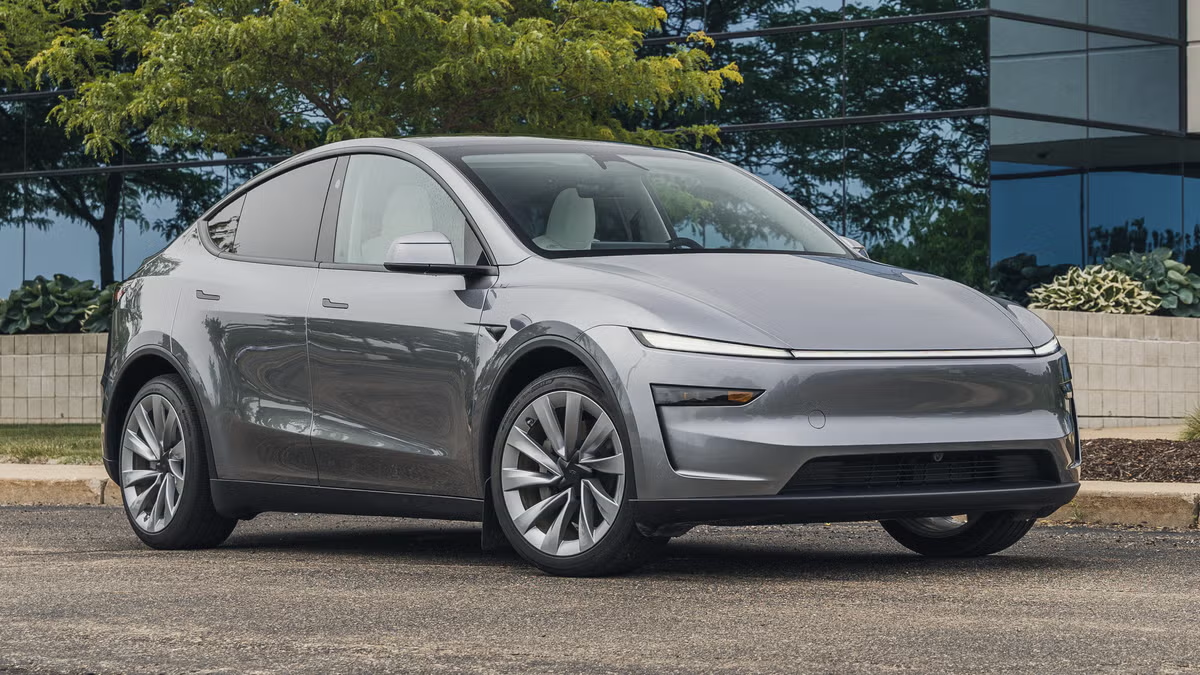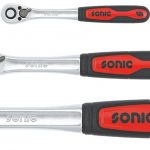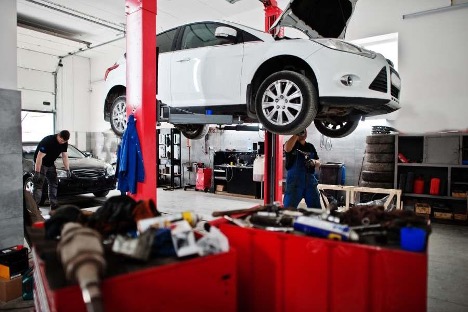
Complete Guide To Hail Damage Repair: DIY Tips Vs Professional Auto Body Shops
Hail damage can leave unsightly dents and dings on your vehicle, affecting both its appearance and value. Whether you’re considering a do-it-yourself approach or seeking help from a professional auto body shop, understanding your options is crucial. This guide explores the pros and cons of each method. Learn when DIY makes sense—and when it’s best to trust the experts.
Understanding Hail Damage: How Hail Affects Your Vehicle
Vehicle hail damage is a common consequence of severe storms that can leave your car’s exterior riddled with dents, dings, and damage to the paint finish. Hailstones, ranging from pea-sized pellets to golf ball-sized chunks, strike your vehicle with substantial force, causing a variety of cosmetic and structural impairments. The severity depends on hail size, speed, and angle of impact.
Automotive body repair professionals emphasize that hail damage not only affects the aesthetic appeal of your vehicle but may also compromise protective layers like car paint and clear coats, leading to rust and long-term deterioration if untreated. For these reasons, understanding the impact of hail and the correct auto hail repair approach is essential for vehicle owners.
Assessing the Severity of Hail Damage on Your Car
Effective hail damage restoration begins with a thorough hail damage assessment. This process evaluates the extent of damage on your hail damaged vehicle to determine the most suitable repair method. The assessment typically includes inspecting dents on body panels, roofs, trunk lids, and car bumpers, as these areas are most vulnerable to hail dent repair.
Car hail damage estimate services are available both online and through mobile hail repair providers, such as Dent Wizard, HailPro, and ClearTouch Paintless Dent Repair. These entities use professional hail damage appraisers who utilize high-resolution photos and sometimes physical inspections to determine repair costs. Many auto body shops, including Service King Collision Repair and Gerber Collision & Glass, offer free or low-cost hail damage assessments to facilitate the insurance claim process.
If the damage is extensive and involves paint cracks or deep dents, automotive body repair specialists may recommend combining paintless dent repair with traditional car paint repair and storm damage repair methods. Minor dents often respond well to dental hail repair techniques such as paintless dent removal, executed by paintless dent removal specialists.
Common Signs and Types of Hail Damage
Recognizing common signs of hail damage on your vehicle is a critical first step when considering either DIY hail repair or professional hail repair services. Typical damage manifestations include:
● Multiple small or large dents scattered across panels, roof, hood, and trunk.
● Cracks or chips in car paint, which can lead to paint peeling and rust.
● Damage to plastic components like car bumper repair needs.
● Loss of protective clear coating.
● Misaligned or loosened trim pieces.
Hail dents vary in size and depth. The most frequent types include shallow dings, deep dents with paint damage, and clustered dents that require specialized attention.
Choosing the right hail dent repair process involves evaluating these signs, choosing between paintless dent repair techniques or more conventional bodywork. For instance, paintless dent removal specialists from companies like DentDoc and National Hail Repair excel in restoring hail damaged vehicles without paint damage, preserving the vehicle’s factory finish.
DIY Hail Damage Repair Methods: Tools and Techniques
For vehicle owners equipped with patience and the right tools, certain hail dent repair techniques can be undertaken at home. DIY hail damage repair is gaining popularity as dent removal tools become more accessible.
Some commonly used dent removal tools include:
● Glue pull kits that hook onto dents and allow pulling out the metal.
● Dent repair rods and knockdown tools for paintless dent repair.
● Heat guns and hair dryers to warm the metal for flexibility.
● Suction cups to pull shallow dents.
Applying a hail damage protectant after repair can help protect exposed paint and reduce rust risk.
Mobile hail repair kits and instructional videos from platforms like PDR Nation provide detailed guidance for amateurs. However, the complexity of damage and risk of improper repair mean DIY efforts are generally recommended for small, shallow dents without paint damage.
Professional-grade automotive body repair demands precision and specialized equipment often beyond household tools. Car bumper repair, intricate paintless dent repair, and complex dent removal may require professional intervention. Read here for more such details on Dentwerx.
Step-by-Step Guide to DIY Paintless Dent Repair (PDR)
Paintless dent repair offers a non-invasive solution focusing on restoring the metal’s shape without affecting the vehicle’s paint. For small to medium dents caused by hail, DIY paintless dent repair is feasible with proper care.
Materials Needed:
● Dent removal tools such as PDR rods or glue puller kit
● Heat source (heat gun or hair dryer)
● Microfiber cloth
● Hail damage protectant (optional)
● Dent pulling tabs and glue
● A light source or LED taping to identify dents clearly
Step 1: Clean and Inspect the Affected Area
Wash and dry the hail damaged area to remove dirt and debris that could scratch the paint during repair. A clear sightline using a flashlight or LED light helps spot all dents.
Step 2: Heat the Dent Area
Apply gentle heat to the panel using a heat gun or hair dryer set on medium to increase the metal’s flexibility, easing dent removal.
Step 3: Apply Dent Removal Tool
● Using Glue Puller: Attach a pulling tab to the dent using hot glue; wait for it to adhere. Connect the pulling device and slowly pull the dent outward.
● Using PDR Rod: If accessible from behind, gently push the dent out with the rod, working progressively.
Step 4: Fine-Tune and Knock Down High Spots
Use knockdown tools to address any raised spots or imperfections around the dent. Be careful to maintain the vehicle’s original contours.
Step 5: Clean Residue and Apply Protectant
Remove any glue residue with rubbing alcohol and gently buff the area with a microfiber cloth. Apply hail damage protectant to seal and protect the paint after repair.
Step 6: Re-Assess the Repair
Compare repaired areas against initial dents to ensure alignment is restored. Multiple passes may be necessary for stubborn dents.
Pros and Cons of DIY Hail Damage Repair
Undertaking auto hail repair yourself can be tempting, especially when considering minor vehicle hail damage such as small dings and dents. DIY hail damage repair often involves using dent removal tools designed for car dent removal without painting, aligning with paintless dent repair methods. On the positive side, DIY efforts can save money upfront and provide convenience, especially if hail damaged vehicles sustain minimal damage.
However, there are several limitations to consider. First, the hail dent repair process requires specialized expertise in paintless dent removal techniques, and improper handling can worsen dents or cause paint damage, necessitating expensive car paint repair. DIY repairs typically lack a hail damage warranty or guarantee, unlike professional hail repair services from reputable auto body shops like CARSTAR or Gerber Collision & Glass. Additionally, evaluating the full extent of vehicle hail damage through a thorough hail damage assessment can be challenging for non-professionals, leading to inadequate repair and undervaluing car hail damage estimates.
While mobile hail repair kits and dent removal tools from sources such as PDR Nation can assist, they are best suited for minor dings rather than significant storm damage repair. In contrast, professional paintless dent removal specialists usually offer comprehensive auto hail repair under a hail damage warranty, ensuring quality and durability.
When to Choose a Professional Auto Body Shop for Hail Damage Repair
Choosing professional hail repair services is advisable when vehicle hail damage exceeds minor cosmetic dings, especially when dents are clustered on multiple body panels or affect structural components. Professional automotive body repair facilities, including well-known names like Service King Collision Repair, Dent Wizard, and Fix Auto, employ highly trained technicians experienced in the hail dent repair process.
Additionally, if the hail damage requires car paint repair, car bumper repair, or auto collision repair, professional intervention becomes crucial. Experts utilize advanced dental hail repair techniques, comprehensive hail damage assessment tools, and industry-grade dent removal tools that guarantee effective restoration without compromising the integrity of the car’s finish.
Professional auto body shops also provide access to hail damage appraisers who can help with hail damage insurance claim documentation, a critical aspect many vehicle owners overlook. Moreover, considering many hail repair services offer mobile hail repair options through providers like HailPro or DentDoc, customers can receive expert service without leaving their location.
Cost Comparison: DIY Repairs vs Professional Auto Body Shop Services
A key consideration in hail damage repair is cost. DIY auto hail repair offers initial savings on labor but carries hidden expenses if the repair is not done correctly. Dent removal kits and paintless dent repair tools purchased from sources like PDR Nation or Hail Whirl can range from moderately priced to expensive, depending on quality.
However, improper use of dental hail repair techniques can lead to paint damage or incomplete restoration, increasing the likelihood of requiring professional car paint repair or more extensive automotive body repair later. Moreover, DIY efforts do not provide the hail damage warranty or professional hail damage insurance claim documentation often necessary for insurance reimbursement.
In contrast, professional auto body shops do charge more upfront. According to hail damage appraisers and car hail damage estimate providers such as HailPro and National Hail Repair, the average cost of professional hail damage restoration typically reflects the extent of vehicle hail damage and associated storm damage repair complexity. Insurance coverage through Progressive Insurance Hail Coverage or State Farm Hail Claims often offsets these costs significantly.

